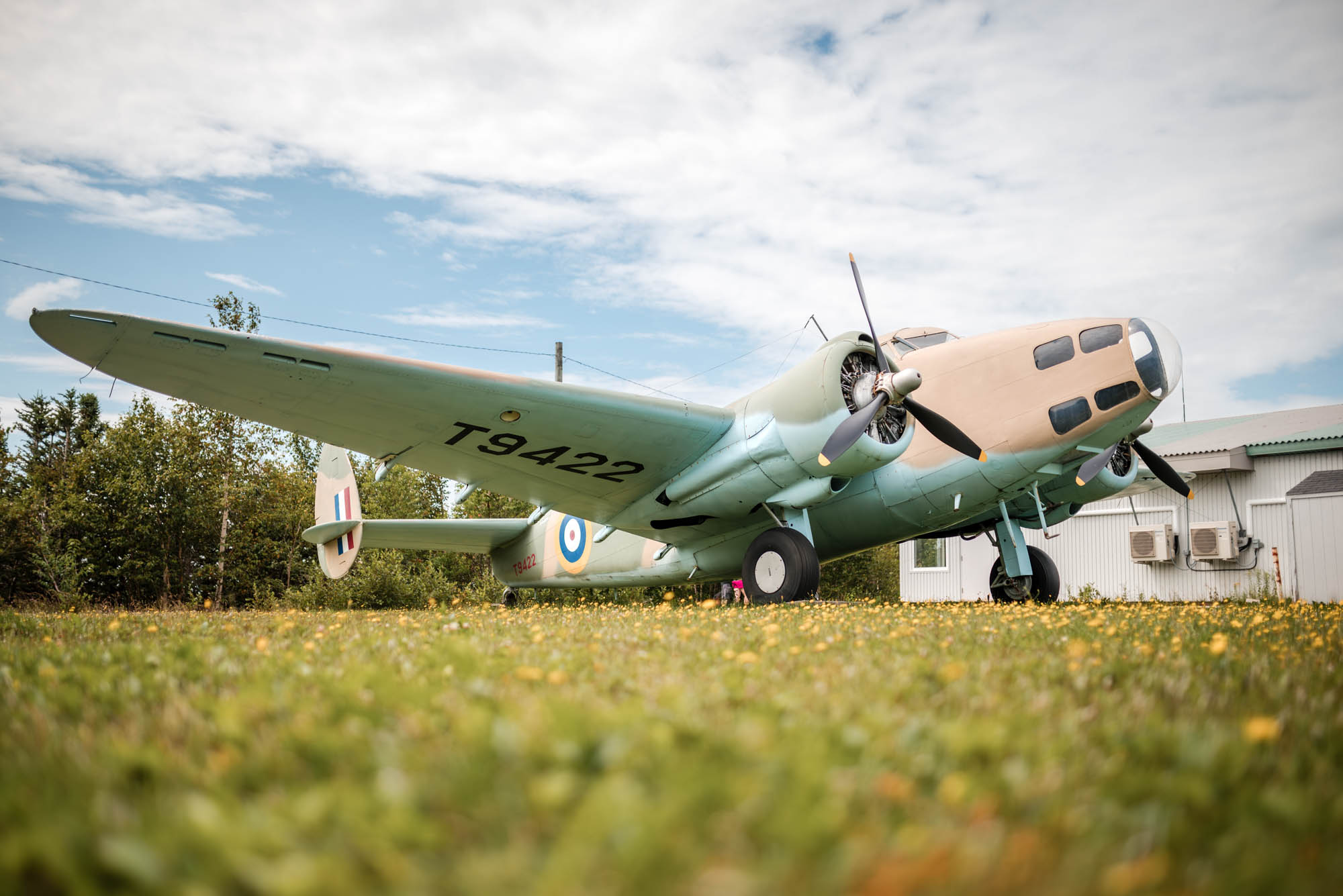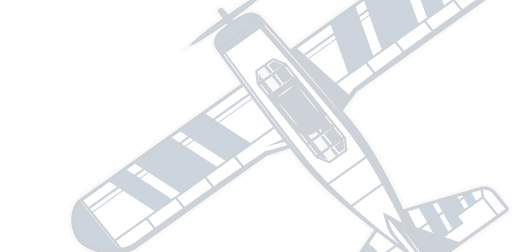
The Model 214 was developed in 1938 from the Lockheed 14 transport to meet RAF requirements and designated as the Hudson I. It was first flown on December 10, 1938 and served as a coastal reconnaissance bomber with the RAF. Between December of 1938 and May 1943 a total of 2,941 Hudson Bombers came off Lockheed Aircraft Corporation’s production lines. The Hudson served with distinction during WWII, and was the first aircraft to partake in the RAF Ferry Command – completing transatlantic hops in bombers for the first time, with good success. The first deliveries were a formation flight on November 10, 1940 led by Captain D.C.T. Bennett. The Hudson was used by the Royal Air Force, Royal Navy, Royal Canadian Air Force, United States Air Force, as well as other Armed Forces serving as bombers, reconnaissance, torpedo, and trainer aircraft. It was a big part of many war achievements displaying its versatility. Among these was a Hudson being credited with shooting down the first enemy aircraft on October 8, 1939 while operating from England. The Hudson provided valuable air coverage for the evacuation of British Forces from Dunkirk in June of 1940. In August of 1941 a Hudson attacked an enemy submarine (U-570), forcing it to surrender – this was the only known case. Along with various bombing missions, this made the Hudson a crucial aircraft for the forces which had their services.
A Model Hudson IIIA (A-29). During the Canadian Centennial Year (1967), a group of volunteers at Gander decided to erect a monument to the crews of the Royal Air Force Ferry Command who were so vital to the Allied success. A Hudson bomber located at Field Aviation in Toronto was donated to Gander. The acquisition of this coveted Hudson was largely due to the work of A.J. Lewington, Les Gettel, Jack James and particularly Marsh Jones of EPA for flying the Hudson to Gander on May 17, 1967. The aircraft had previously been owned by Kenting Airlines. Once in Gander the Hudson was mounted on a pedestal near the airport. In 1990, volunteers at Gander’s 103 Rescue Unit refurbished the BW769 and painted it as T9422 to commemorate the historic flight of D.C.T. Bennett of 1940.

